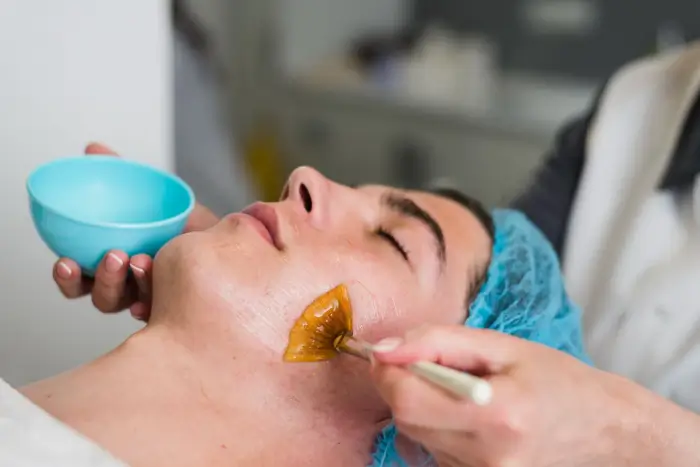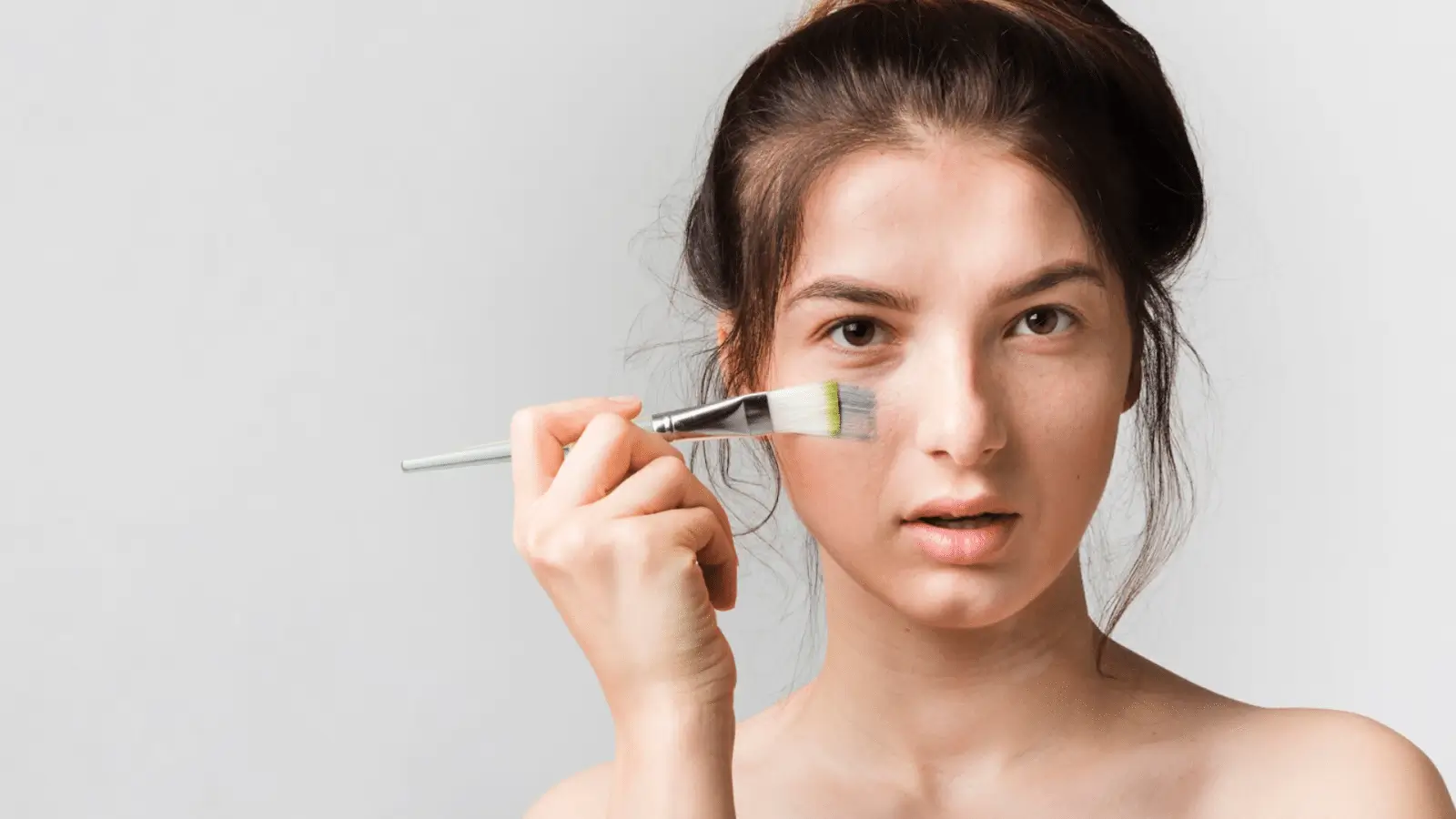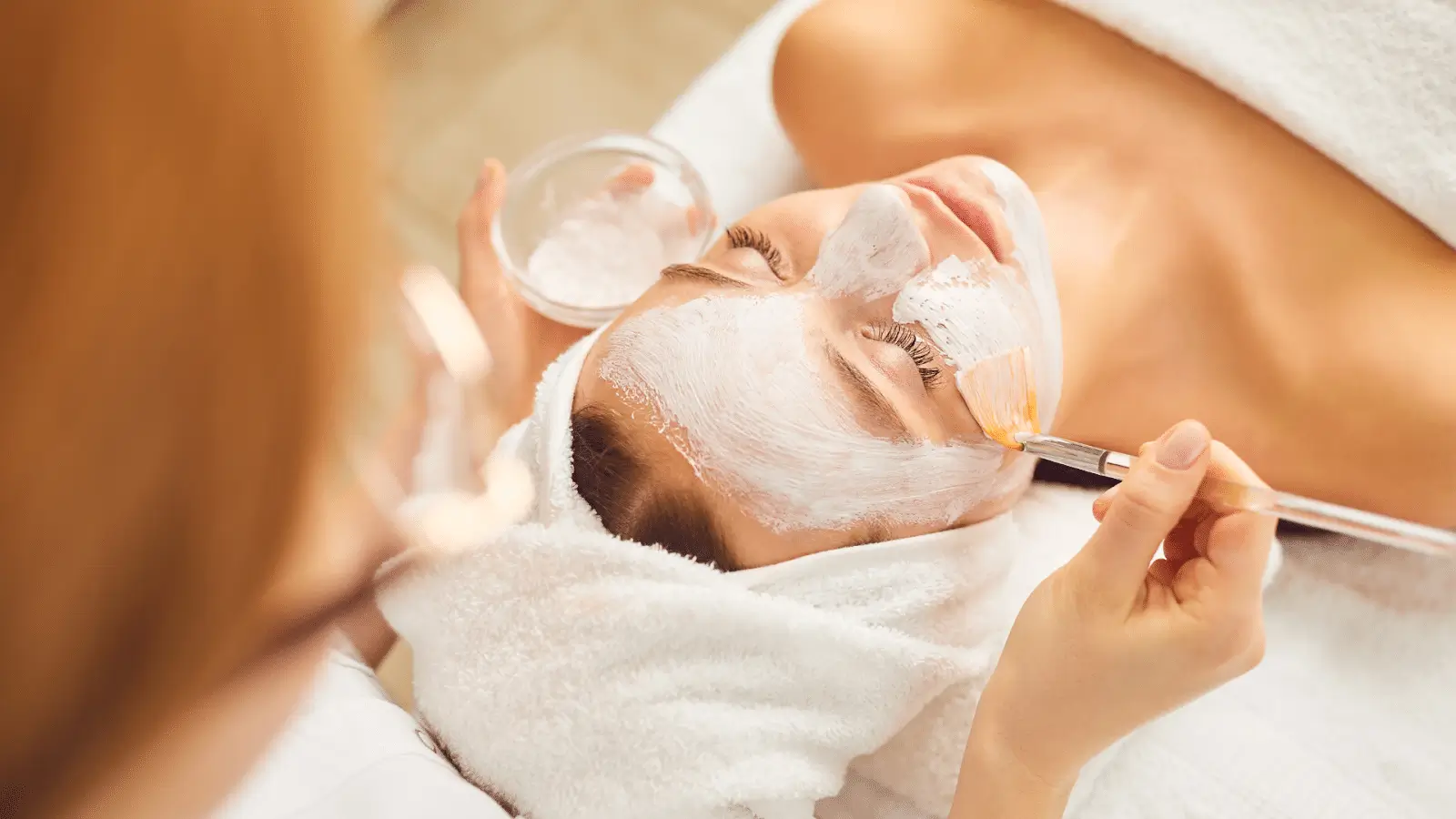
For many people seeking smoother, brighter skin, chemical peels have long been a go-to solution — but not without trade-offs. Traditional TCA (trichloroacetic acid) peels are known for their effectiveness, yet they often come with visible peeling, redness, and several days of downtime. That recovery period can be a dealbreaker for those with busy schedules or sensitive skin.
PRX-T33 offers a newer, gentler alternative. This biorevitalizing treatment blends 33% TCA with hydrogen peroxide and kojic acid, allowing for deep skin renewal without the flaking and irritation typically associated with traditional peels. Thanks to its unique formulation, it encourages collagen production beneath the surface while leaving the outer skin layer largely intact — making it a popular option for a broader range of skin tones and types.
In this article, we’ll break down the key differences between PRX-T33 and TCA peels, examining how each works, the benefits they offer, potential side effects, and who they may be best suited for.
Key Takeaways
- PRX-T33 treatment offers a gentle, non-peeling alternative to traditional TCA peels, delivering collagen stimulation and skin rejuvenation with minimal downtime.
- Unlike standard TCA peels, which resurface the skin through visible peeling, PRX-T33 penetrates the dermis without damaging the outer layer, making it suitable for all skin types, including those with darker tones.
- TCA peels are more appropriate for severe wrinkles, scarring, and pigmentation, but come with longer recovery and a higher risk of irritation or pigment changes.
- PRX-T33 requires multiple sessions (typically 4–6) for optimal results, whereas TCA peels may yield more dramatic changes in just one session.
- Choosing the right peel depends on your skin concerns, tolerance for downtime, and desired outcomes. A consultation with a trained provider is essential to ensure a safe and effective treatment.
About: Doctor Medica is your trusted supplier of top-quality dermal fillers, viscosupplements, and more for your medical practice. We offer genuine products from leading brands at the lowest prices in the market. If you’re looking to order PRX T33 online for your practice, contact Doctor Medica today.
PRX-T33 Formula and Mechanism Compared with Traditional TCA Peel

When comparing PRX-T33 with a traditional TCA (trichloroacetic acid) peel, the differences in formulation and how they work on the skin are significant—and helpful to understand.
- PRX T33 treatment combines:
- 33% TCA – known for its exfoliating and collagen-stimulating effects
- Hydrogen peroxide (H₂O₂) – modulates the activity of TCA to minimize surface damage
- Kojic acid – helps brighten the skin and reduce pigmentation
- 33% TCA – known for its exfoliating and collagen-stimulating effects
Together, this blend penetrates into the dermis without visibly peeling the outer skin. The result? Gentle skin stimulation that supports tightening, brightening, and collagen production—without the harsh flaking commonly associated with peels.
By contrast, a traditional TCA peel works by:
- Creating a controlled chemical injury to both the epidermis and dermis
- Causing visible peeling and flaking as damaged layers shed
- Stimulating skin regeneration with more aggressive resurfacing
While both aim to stimulate collagen and rejuvenate skin, PRX-T33 offers a gentler, cumulative approach with minimal irritation. TCA peels tend to deliver faster, more dramatic results, but at the cost of more downtime and recovery.
Downtime and Recovery: PRX-T33 “No-Peel Peel” vs TCA Peeling
One of the most noticeable differences between these two treatments is how much downtime they require. PRX-T33 is often referred to as a “no-peel peel” because it penetrates deeply into the dermis without causing visible skin shedding. After treatment, most patients experience only mild redness or tightness, which tends to resolve quickly. Many return to work or social events the same day, making it an appealing option for those with busy schedules.
TCA peels, especially medium to deep versions, require more recovery time. As the outer skin layers flake and peel, the skin may feel sensitive, tight, and vulnerable for several days. During this period, it is essential to avoid sun exposure and follow a careful aftercare routine that includes moisturizers and healing ointments. The process is more involved, which makes timing crucial for people with upcoming events or work obligations.
It’s worth noting that PRX-T33 does involve some downtime—though mild—and results tend to build gradually over multiple sessions. Meanwhile, TCA peels can offer more dramatic changes in a single treatment, but with a greater need for careful recovery.
Indications: When to Choose PRX-T33 vs TCA Peel for Skin Concerns

Choosing between PRX-T33 and a TCA peel isn’t just about preference—it’s about what your skin actually needs. Each treatment excels in different areas, and a professional consultation helps determine which is most appropriate.
Choose PRX-T33 For:
- Early Signs of Aging: Subtle fine lines, mild laxity, and dullness respond well to its gentle collagen stimulation.
- Dull or Dehydrated Skin: It restores hydration and radiance without triggering surface peeling.
- Mild Acne Scars or Uneven Skin Tone: Gradual improvement over sessions leads to smoother, brighter skin.
- Busy Lifestyles: The minimal downtime fits easily into most routines without disrupting work or social plans.
Choose TCA Peel For:
- Moderate to Severe Wrinkles: The deeper action of medium to deep peels targets more advanced signs of aging.
- Stubborn Acne Scars or Sun Damage: Its resurfacing power is more aggressive, treating resistant texture concerns.
- Severe Hyperpigmentation: Particularly useful when lighter treatments haven’t delivered desired results.
- Patients Ready for Downtime: The peeling phase is part of the process, but can lead to significant results.
Both treatments have their strengths, but they are not interchangeable. Matching the treatment type to the skin concern ensures both safety and satisfaction.
Patient Suitability and Outcomes: Minimal vs Aggressive Resurfacing
When comparing PRX-T33 vs TCA peel in terms of patient suitability, skin type matters. PRX-T33 is considered safe for all skin tones, including those with darker complexions, thanks to its lower risk of post-inflammatory hyperpigmentation. It’s particularly well-suited for individuals seeking subtle improvements with few side effects. However, to see full results, patients typically need a series of treatments.
On the other hand, TCA peels – especially those in the medium to deep category – offer noticeable changes in just one session. But they’re also more likely to cause irritation, pigment changes, or scarring, particularly in those with sensitive or melanin-rich skin. These peels should be used with caution and always under the guidance of a trained provider.
Conclusion
Both PRX-T33 and TCA peels offer powerful ways to refresh and rejuvenate the skin—but they do so on different terms. PRX-T33 treatment delivers progressive, natural-looking results with minimal disruption, making it a top choice for people who want to enhance their skin without downtime. Traditional TCA peels, while more intense, remain a trusted option for treating deeper wrinkles, sun damage, and uneven skin texture.
Ultimately, the best results come from selecting the right approach tailored to your specific goals, lifestyle, and skin type, with guidance from an experienced professional.
FAQs
1. Is PRX-T33 safer than a traditional TCA peel?
Yes. PRX-T33 is considered safer, especially for darker skin types, because the hydrogen peroxide in the formula modulates the TCA, reducing the risk of peeling and hyperpigmentation.
2. How many PRX-T33 sessions are needed compared to a TCA peel?
PRX-T33 usually requires 4–6 sessions for optimal results, while a single TCA peel can deliver noticeable changes in one session—but with more downtime.
3. Can PRX-T33 replace a TCA peel completely?
Not entirely. PRX-T33 is great for mild to moderate concerns, while more severe wrinkles or scars may still respond better to a TCA peel.
4. Which option has more downtime: PRX-T33 or TCA peel?
TCA peels have more downtime, often involving several days of visible peeling and recovery. PRX-T33 has minimal downtime, usually limited to mild redness or tightness.
References
Gold MH, Wilson A, Biron JA. Treatment of Mild to Moderate Facial Chrono- and Photodamage with a Novel Intense Liquid Trichloroacetic Acid Peel. J Clin Aesthet Dermatol. 2022;15(1):E61-E65.
S Sitohang IB, Legiawati L, Suseno LS, Safira FD. Trichloroacetic Acid Peeling for Treating Photoaging: A Systematic Review. Dermatol Res Pract. 2021;2021:3085670. Published 2021 Aug 30. doi:10.1155/2021/3085670
Lorenzo-Ríos D, Arias Berrios G, Cruz Goytía GI, Rocafort SL, Brau Javier CN. Safety and Efficacy of Trichloroacetic Acid Peels in the Treatment of Melasma: A Split-face, Randomized, Prospective Trial in Latin American Women. J Clin Aesthet Dermatol. 2024;17(9):28-32.
Related Articles
Joanna Carr
Nabota Before and After With Photo Examples
Nabota is a botulinum toxin type A product that has gained popularity in the cosmetic industry.
Joanna Carr
Ozempic Shot Locations – Where Are the Best Locations?
Discover the best Ozempic injection sites for optimal absorption and comfort. Learn why the abdomen, thigh, and upper arm are recommended, and how sit...
Joanna Carr
Lanluma Protocol and Administration Technique for Practitioners
Master the Lanluma injection protocol with expert guidance on technique, dosing, and safety considerations to ensure the best results for patients.


